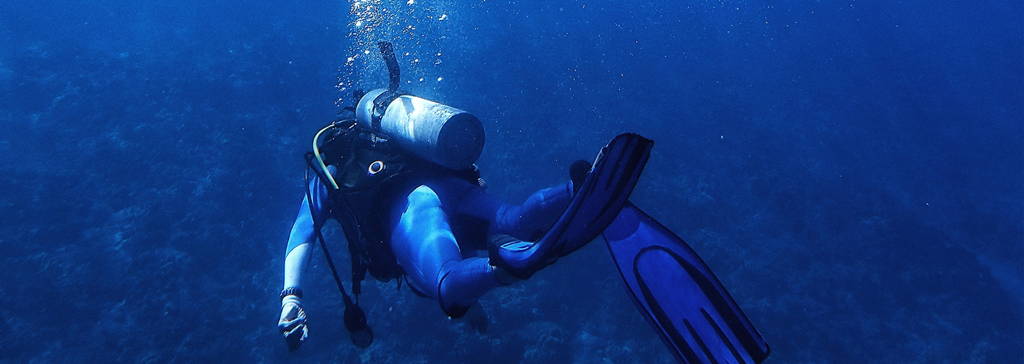A high-quality diver's watch should incorporate several essential features. One crucial element is a ratcheted, one-way rotating bezel, which enables divers to measure elapsed dive times accurately and indicates when it's time to resurface. By using a one-way rotating bezel instead of a bi-directional bezel, the risk of accidentally pushing it in the wrong direction is minimized, preventing divers from mistakenly believing they have more time underwater than they actually do.
Underwater legibility is also of utmost importance. Therefore, most dive watches are equipped with anti-glare crystals and Super-LumiNova hands and markers. These enhancements ensure that even in low-light conditions, the time indications remain clearly visible.
Although there have been significant advancements in the materials used for dive watch cases, titanium remains the preferred choice. This metal offers a combination of lightweight construction, exceptional scratch resistance, and impressive corrosion resistance. Alternatively, dive watches crafted in steel or carbon are also excellent options. While metal bracelets or rubber straps are commonly used, it is advisable to find a strap with an expansion bracelet that can comfortably fit over wetsuits. Double-locking bracelet clasps are also highly recommended for underwater adventures.
In addition to these fundamental features, some dive watch brands offer additional functionalities. These may include double- or triple-locked winding crowns and extra gaskets to enhance water resistance. Only a select few brands incorporate alarm functions into their dive watches, allowing the alarm to be sounded underwater.
